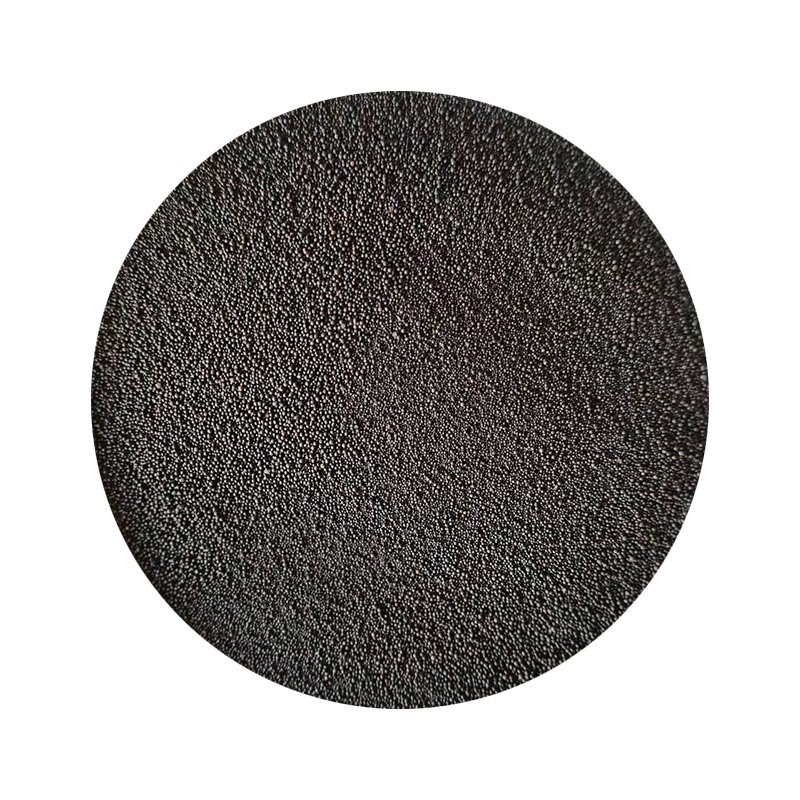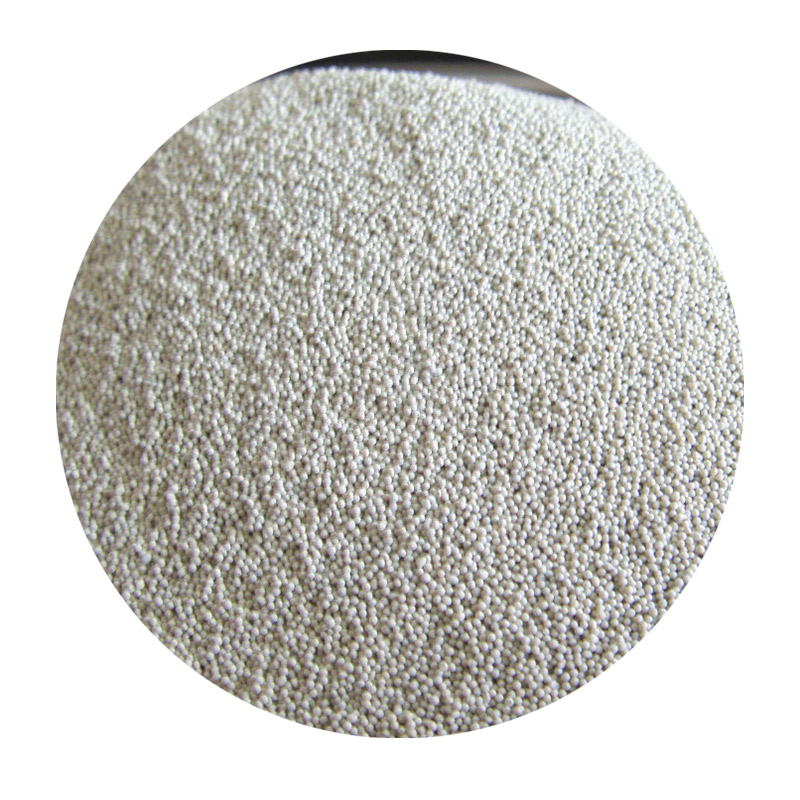

Finally, cooling and solidification bring the process to a close. The solidification time is influenced by the metal type and the thickness of the cast, while slow and uniform cooling is essential to prevent internal stresses and potential cracking. Expertise in thermal management and solidification theory ensures that the metallurgical properties of the cast are optimal, leading to a product that exhibits excellent mechanical properties and durability. The authority and trustworthiness of sand casting as a manufacturing technique are reinforced by its vast range of applications. From small components in machinery to large automotive parts, the versatility of sand casting is unparalleled. Industries such as aerospace, automotive, marine, and energy rely heavily on sand casting for its ability to produce robust, long-lasting components at a competitive cost. Moreover, with ongoing advancements in materials science and engineering, sand casting continues to evolve. Innovations in 3D printing have facilitated the rapid prototyping of complex patterns, reducing lead times and costs. Similarly, eco-friendly practices such as recycling sand and exploring alternative biodegradable binders are paving the way for sustainable manufacturing processes without compromising quality. In conclusion, the sand casting technique stands as a testament to the blend of ancient craftsmanship and modern innovation. With its proven capability to produce diverse and high-quality metal products, underpinned by decades of engineering expertise and scientific research, sand casting remains a cornerstone of the manufacturing industry. Its enduring relevance and constant evolution promise a dynamic future, where precision, sustainability, and reliability converge to meet the ever-growing demands of modern production. Whether for seasoned manufacturers or new entrants well-versed in technological advancements, the mastery of sand casting techniques offers a pathway to achieving excellence in metalworking craftsmanship. Post time:Feb . 15, 2025 14:08
Next:sand casting technique
